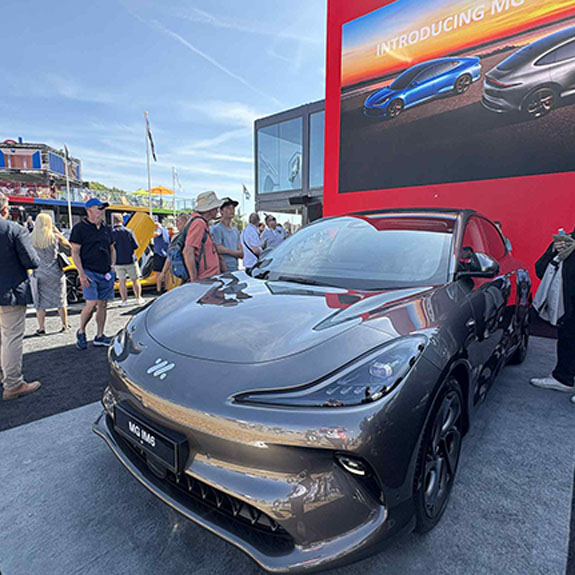Reproduction in whole or in part of any article published on this website is prohibited without written permission of The MG Car Club.
155 mph for £5k
Words and Photography: Philip Shoulder
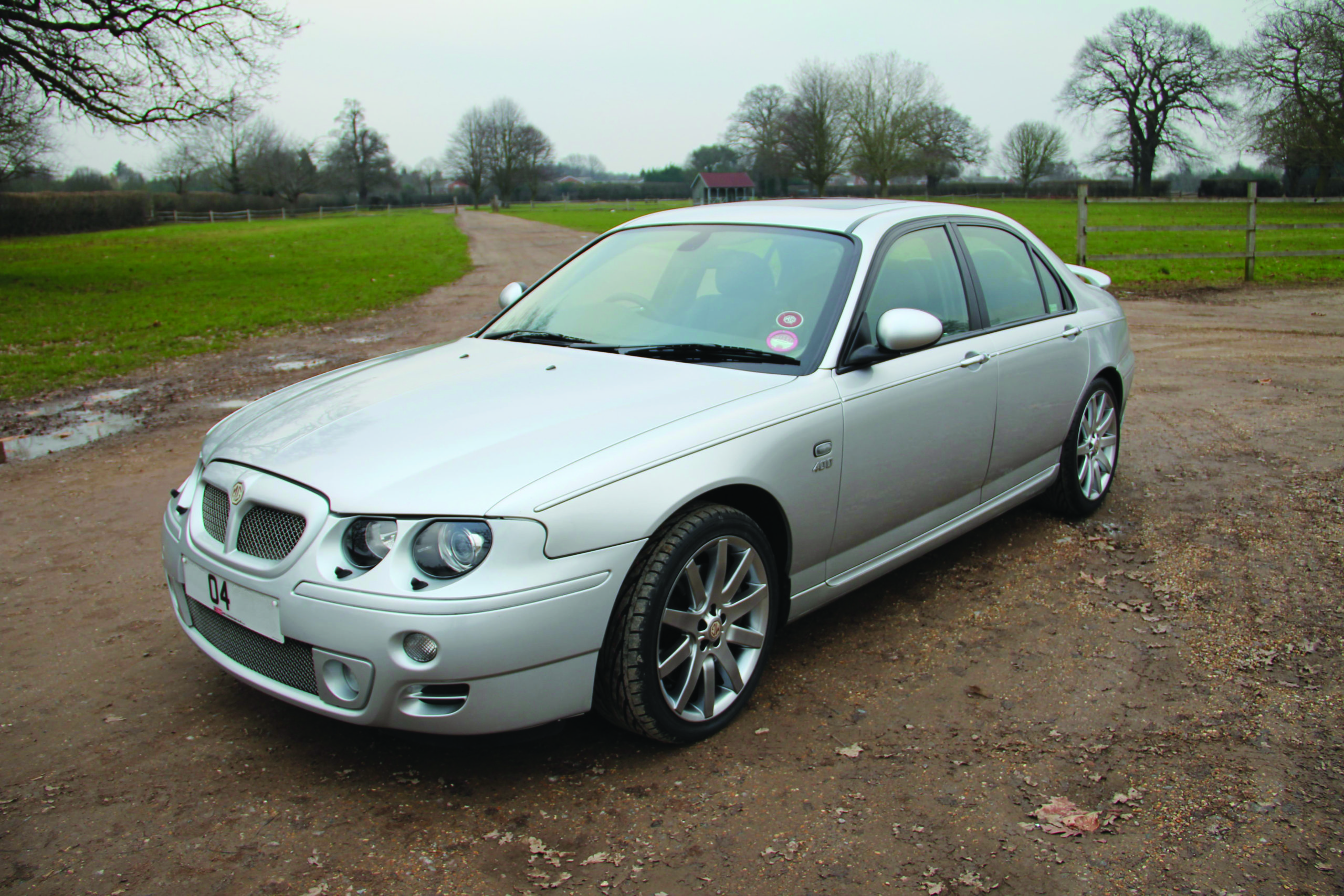
You can picture the scene – an all too familiar one on British roads – you’re trundling along behind slow moving traffic. The road ahead opens up … you drop down into 3rd, floor the throttle, the V8’s deep-throated rumble mutates into a hardened bark. The car surges forward; speedo whirling round the dial like a greyhound chasing a hare – you’re now well over the limit. For a second you have to remind yourself what car it is you’re driving. A look under the bonnet reveals a Ford Mustang 4.6 litre V8. This isn’t any ordinary MG ZT.
Rover made a total of 883 V8 powered saloons and estates. 716 were ZT 260 V8s, with the remaining 166 being the equally powerful, but less sporting Rover 75 4.6 V8 Connoisseur saloon and tourer variants. Additionally, there are two more powerful ZT V8 versions – a 385 bhp ‘Ultimate Engineering’ test vehicle and 500 bhp model, featuring a 32-valve version of the Ford Mustang engine and uprated running gear.
While it was never regarded as an M5 basher, the V8 powered ZT 260s were nonetheless ridiculously quick versions of staid family models that your granddad might drive down to Tescos in.
Turning a civilized front wheel drive Rover into a rear wheel driven, V8 powered muscle car was no mean feat. The process involved designing and incorporating completely new front and rear sub frames to house the much larger power plant – then incorporating these into the existing Rover 75/MG ZT chassis. This saw extensive changes made to the under floor and transmission tunnel to accommodate the bigger gearbox. A new multilink rear axle configuration was also designed to drive the rear wheels and a Dana Hydratrak limited slip differential system used to ensure the chassis was capable of handling the extra power and torque provided by the 4.6 litre V8.
MG Rover went to considerable lengths to tune the car’s handling. Thanks to this clever reworking, both ZT variants enjoy good weight distribution, with the saloon having 53% front, 47% rear, and the Tourer (estate) fairing even better thanks to a heavier aft section: 51% front, 49% rear.
The geometry of the ZT’s MacPherson strut front suspension was tuned to the requirements of the new chassis platform. The setup features Eibach linear rate springs, a larger diameter anti-roll bar used in conjunction with Bilstein monotube dampers. The result is a ride that highlights the roads imperfections but offers superb handling with very little body roll. During a variety of road driving conditions and speeds, the MG ZT 260 feels composed and belies its size. You can throw this 1,740kg family car into tight corners with minimal fuss. The standard traction control almost seems unnecessary for the most part; such is the car’s inherent high level of grip.
The steering also impresses with a sharper more responsive feel than on the front wheel drive ZT models. Combined with the stable chassis, the ZT 260 really inspires confidence when driven quickly. Even at 135 mph it remained solid, stable, and planted. Save for the rather intrusive wind noise, it didn’t feel much different than 80 or 90 mph, such is the level of composure. The claimed 155 mph top speed seems entirely credible.
Little goes wrong with the suspension. The only glitch is that on early cars (up to VIN number 250) the rear coil springs can snap. These fail at the top where they’re covered by plastic, so require careful inspection. They’re easy to source and replace and are available from a variety of different outlets – the cheapest being The Two-Sixties group, who charge £220 a set plus postage.
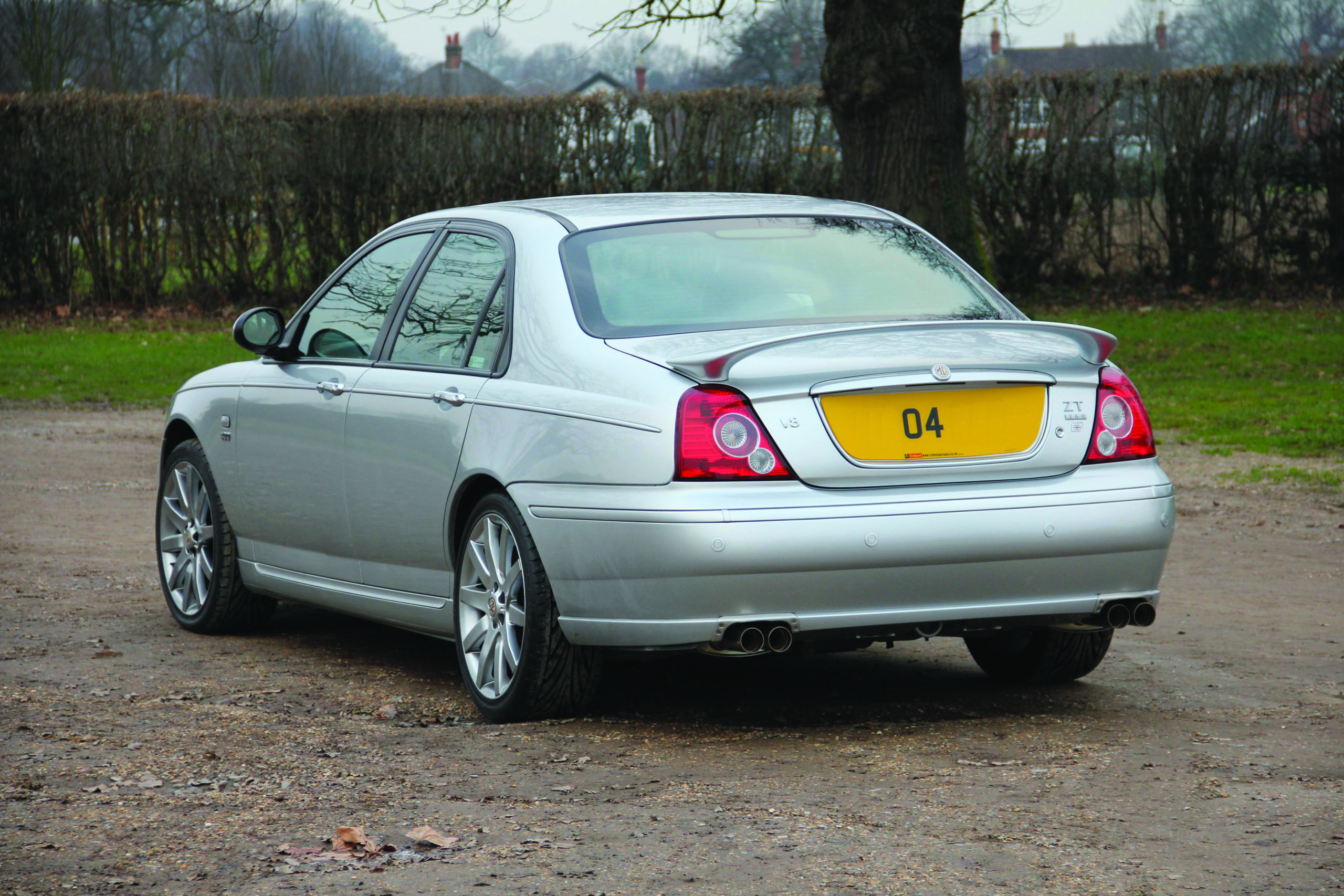
The car’s ventilated front 325mm brakes are from the V6 powered ZT 190 and use AP callipers. They do a good job, being responsive with no fade.
The rears, also ventilated, are actually larger than the fronts at 332mm. The benefit of this unusual configuration is that the car doesn’t lurch forward under heavy braking.
Obtaining front discs is not an issue, whereas the rears – which are unique to the ZT 260 – can be. Many internet sites incorrectly advertise ZT 190 rear brakes as suitable. Sourcing options boil down to Rimmers at £700, or £322 from The Two-Sixties group. Genuine brake pads available from X-Part are expensive at £125, but fortunately Mintex offer a considerably cheaper alternative at £25.
The ZT260 uses Ford’s proven 4.6 litre V8 engine widely used in North America to power the iconic Mustang.
The single overhead camshaft, 2 valves per cylinder configuration is basic by modern standards and pushes out a comparatively modest 256 bhp, but even in standard form delivers impressive torque – 302 lb. ft at 4000 rpm and propels the big car to 60 in 6.3 seconds.
More importantly, the engine’s generous torque and normal aspiration, means the ZT 260 delivers eminently useable and progressive performance – a feature which proved very useful for overtaking slower moving traffic.
Owners yearning for more power are able to get 320 bhp from fitting a modified throttle body and different pulleys. Those wanting even more power can opt for a supercharger option, which boosts output to 400 bhp – 450 bhp, depending on configuration. The upgrade is available through Scotland based tuning specialist Dreadnought. All this extra oomph comes at a price though. The cost of the upgrade is £8,000 – around the price of the car itself.
However, even when increasing power to this extent, the rest of the car can be left unchanged thanks to the chassis and running gear being designed to take up to 450 bhp. During the development stages, MG Rover planned on making a higher-powered version, but it was soon realised there were insufficient funds to develop two sets of running gear, so the higher power rating chassis was used as default on all the cars.
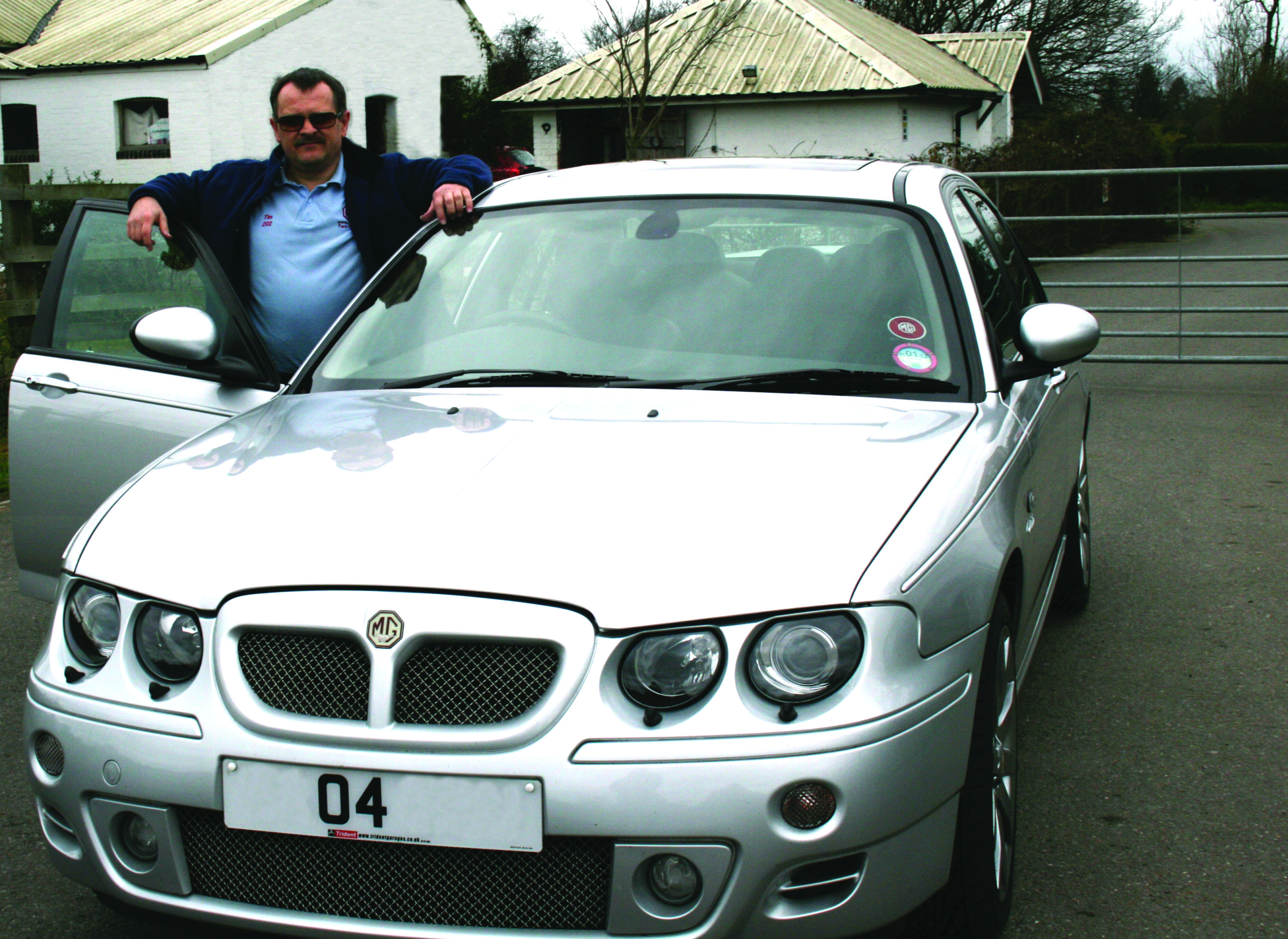
The car’s ventilated front 325mm brakes are from the V6 powered ZT 190 and use AP callipers. They do a good job, being responsive with no fade.
The rears, also ventilated, are actually larger than the fronts at 332mm. The benefit of this unusual configuration is that the car doesn’t lurch forward under heavy braking.
Obtaining front discs is not an issue, whereas the rears – which are unique to the ZT 260 – can be. Many internet sites incorrectly advertise ZT 190 rear brakes as suitable. Sourcing options boil down to Rimmers at £700, or £322 from The Two-Sixties group. Genuine brake pads available from X-Part are expensive at £125, but fortunately Mintex offer a considerably cheaper alternative at £25.
The ZT260 uses Ford’s proven 4.6 litre V8 engine widely used in North America to power the iconic Mustang.
The single overhead camshaft, 2 valves per cylinder configuration is basic by modern standards and pushes out a comparatively modest 256 bhp, but even in standard form delivers impressive torque – 302 lb. ft at 4000 rpm and propels the big car to 60 in 6.3 seconds.
More importantly, the engine’s generous torque and normal aspiration, means the ZT 260 delivers eminently useable and progressive performance – a feature which proved very useful for overtaking slower moving traffic.
Owners yearning for more power are able to get 320 bhp from fitting a modified throttle body and different pulleys. Those wanting even more power can opt for a supercharger option, which boosts output to 400 bhp – 450 bhp, depending on configuration. The upgrade is available through Scotland based tuning specialist Dreadnought. All this extra oomph comes at a price though. The cost of the upgrade is £8,000 – around the price of the car itself.
However, even when increasing power to this extent, the rest of the car can be left unchanged thanks to the chassis and running gear being designed to take up to 450 bhp. During the development stages, MG Rover planned on making a higher-powered version, but it was soon realised there were insufficient funds to develop two sets of running gear, so the higher power rating chassis was used as default on all the cars.
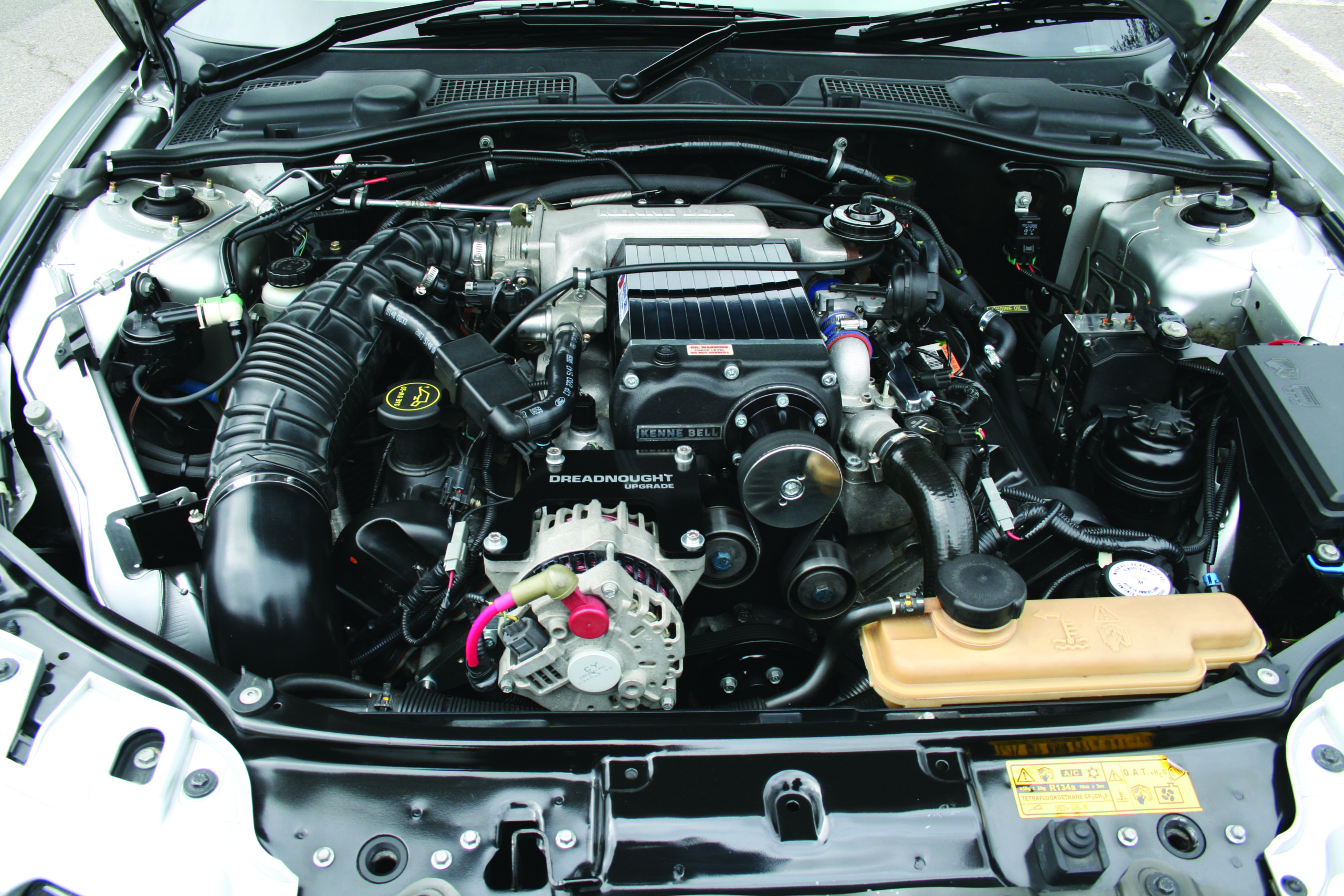
MG ZT-T 260 V8 Fact File
New OTR Prices
£23,668 – £28,565
Second-hand Values
£5,000-£10,000
Engine – 4.6 litre V8
SOHC, 16V
Max Power 256 bhp
@ 5,000 rpm
Max torque – 302 lb.ft
@ 4,000 rpm
0-60 mph – 6.2 seconds
Top speed – 155 mph
Combined fuel consumption
21.5 mpg
(manufacturer’s claim)
Gearbox – Five speed manual
Unladen weight – 1,740 kg

 MG Car Club
MG Car Club